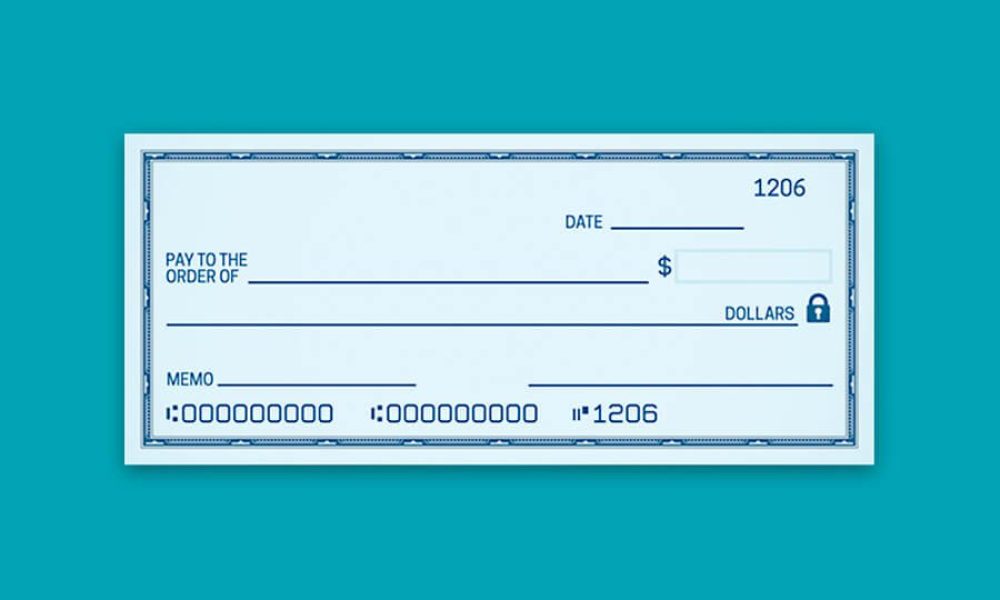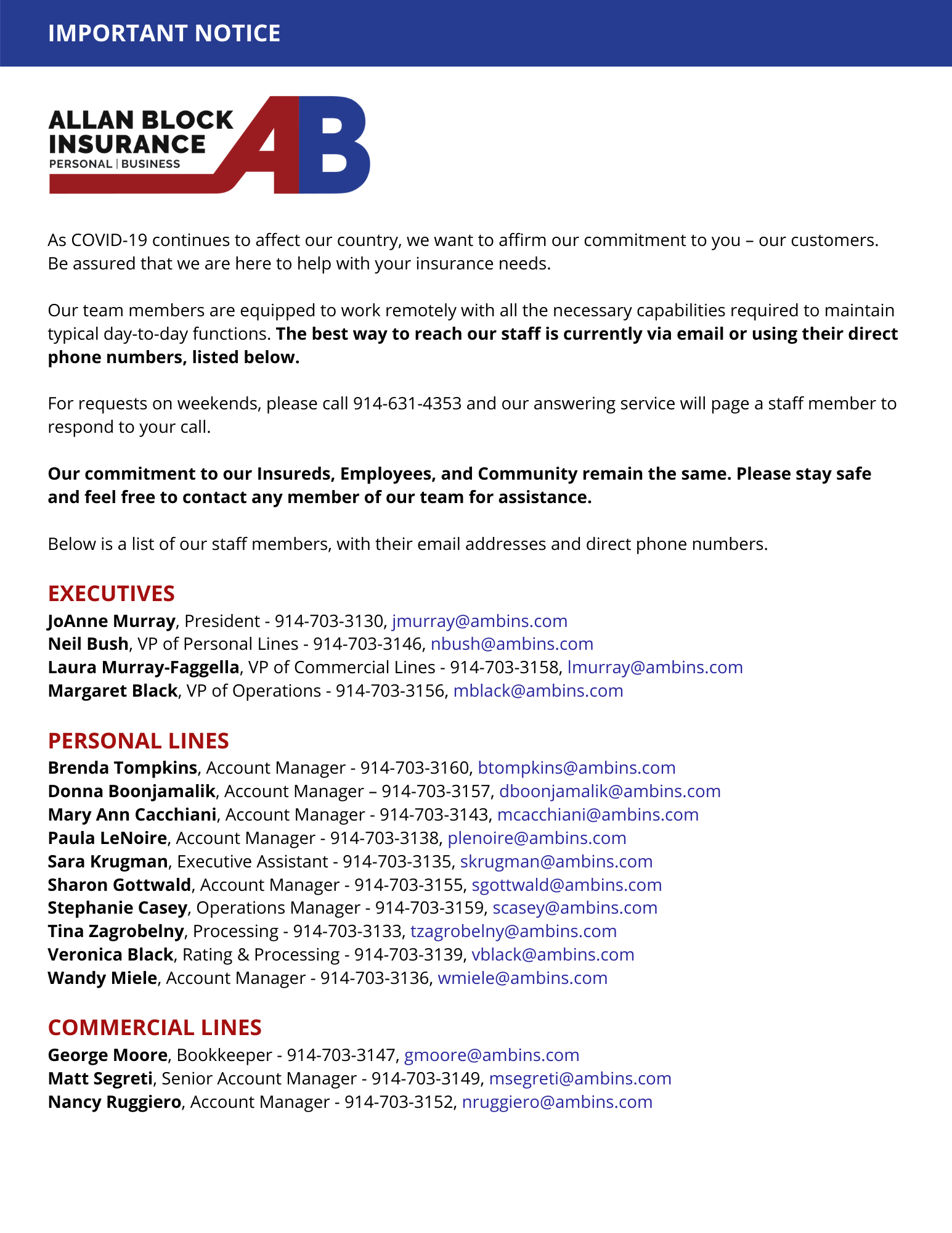There has been frequent media coverage recently about “washed checks.” But what exactly does that mean? And how can you protect yourself from this growing fraud technique?
Check washing is the process of rinsing the ink from a completed check by using solvents that dissolve the ink. Criminals are washing off the payee name and amount, and then rewriting that information so they can deposit a larger amount into their own bank accounts. Even Post Office employees have gotten in on the scam by pulling checks out of mailboxes when they make their collection rounds and squirreling them away before they can be received at the Post Office.
With this widespread fraud going on, it may seem impossible to protect yourself. However, there are some strategies you can employ to reduce your chances of falling victim to this scheme.
- Use envelopes with security tinting – With a normal envelope, scam artists can hold it up to a light and see that it contains a check. Security tinted envelopes have a patterned lining that makes it impossible to see through them.
- Use a gel ink pen – Certain types of ink, such as gel ink, cannot be washed off because they permeate below the surface of the paper. Some brands specifically note on their packaging that they are non-erasable.
- Fill the fields on your checks completely – Do not leave any blank spaces in the Payee and Amount fields. Write using large handwriting and fill any leftover space with X’s so there are no openings for additional writing to be added.
- Mail checks from the Post Office – Bringing your outgoing mail directly to the Post Office for mailing is the most secure strategy for mailing checks. Stolen checks are most commonly taken from mailboxes outside a home or those on the street, long before they ever make it to the Post Office.
- Keep a detailed record of the checks you write – This gives you something to refer to if you notice a check has been cashed by a different person or for a different amount than you wrote it for. You can use the transaction log that comes with your checks.
- Use online bill pay when possible – Reducing the number of checks you write also reduces your exposure to possible fraud. Paying your bills through a secure website has more protections in place than when you send a check through the mail.
- Monitor your bank statements – Your bank statements will include record of your written checks that have been cashed. If you notice that a check you wrote has been deposited for a larger amount than it was written for, report that fraudulent transaction to your bank immediately. There is a 30-day time frame for reporting, so make sure that you do not miss that window.
- Purchase Identity Theft Insurance – The best protection is pro-active. Having insurance in place before you become a victim of fraud means that you will have assistance in resolving any issues, including funds for attorney fees should you need to pursue a lawsuit for damages.
Our agents are always available to discuss ways to protect yourself and can help you procure policies that offer you the best protection at the best price. We can also help you identify any possible exposures that are not currently covered by your insurance.



